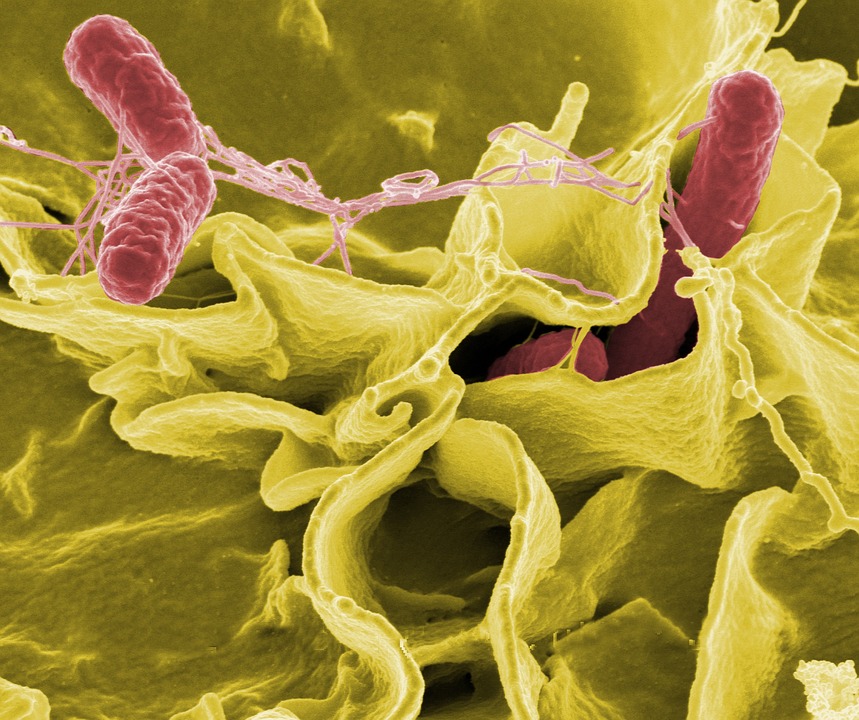Global estimates report that nearly 600 million people are sickened by a foodborne illness annually, resulting in over 400,000 deaths. In the United States alone, foodborne illnesses such as Salmonella and E. coli result in an overall cost of $77 billion per year.
Researchers from the Washington State University (WSU) are looking to help put an end to the spread of foodborne illnesses with the development of a new and improved biosensor.
We’ve see in in the recent food recalls; harmful pathogens in food are almost always discovered after people have become sick. The work from WSU, led by ECS member Yuehe Lin, focuses on detecting and amplifying the signal of food pathogens, reducing the risk of small (but dangerous) pathogens to go undetected.
This from WSU:
The key to a better sensor is maintaining a large amount of enzyme activity for detecting antigens in a sample. To address this issue, the researchers developed a particle at the nanoscale that includes organic and inorganic components and looks like a tiny flower. Smaller than a speck of dust and made up of a group of molecules, the nano-sized flower and petals provide a large surface area for immobilizing the highly active enzymes that are needed to detect the bacteria at low levels.
“We want to take these nanoflowers and create a simple-to-use, handheld device that anyone can use anywhere,” Lin said. “It’ll be as simple as using a pregnancy test strip or a glucose meter.”



